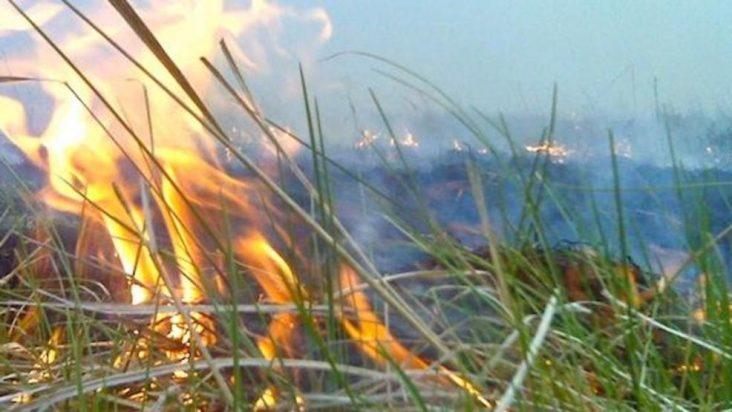Crop burning to be studied
by July 29, 2020 9:25 pm 668 views

One of the most contentious issues between urban and rural communities revolves around the practice of burning crop residues in agriculture fields during the fall.
Many in communities complain about the breathing discomforts, health impacts, and dangers that stem from smoke shocked roads. Farmers counter that the impacts are exaggerated and that the cost to dispose of this refuse other ways would have a devastating impact on the farm community and local economy.
A new study is about to be underway to shed light on the impacts of the practice.
Researchers at four higher education institutions have begun work on a federally-funded project that will focus on determining better management techniques for burning crop residues.
The project director is Dr. Aaron M. Shew, assistant professor and R.E.L. Wilson Chair of Agricultural Economics in Arkansas State University’s College of Agriculture. He is working with researchers from the University of Arkansas, the UA Division of Agriculture, Miami University and the University of Delaware.
The $571,940 grant was awarded through the Non-Land Grant Colleges of Agriculture program of the U.S. Department of Agriculture’s National Institute of Food and Agriculture.
The project, officially titled “Improving Crop Residue Burning and Management Recommendations in the Arkansas Delta Region,” runs through May 2023.
“The goal of this large-scale, collaborative project is capacity building for the A-State College of Agriculture to participate in high quality research and extension,” Shew said. “A-State’s collaborations with these other institutions will raise the potential for faculty to conduct impactful research and work with the state Cooperative Extension Service to disseminate information to producers.”
Shew explained that intentional burning is an important practice for rice producers because it is a timely, cost-effective method for removing harmful post-harvest residue. However, burning can adversely affect communities in surrounding areas.
“While voluntary burning guidelines exist, they have not been validated and could be improved through collaborations with farmers on in-field burn experiments and the provision of burn recommendations via a web application” Shew said. “Additionally, little is known about how producers might be incentivized to comply with the voluntary guidelines or adopt alternative no-burn or low-burn practices.”
Faculty from ASU joining Shew on the project are Joe Ford, associate professor of digital design, and Dr. Ross Carroll, associate professor of physics.
Researchers from the other involved institutions include Dr. Jarrod Hardke, rice agronomist, Extension Service, University of Arkansas; Dr. Jack Cothren, director of the Center for Advanced Spatial Technologies and professor, University of Arkansas; Dr. Jessica McCarty, director of the Geospatial Analysis Center and assistant professor, Miami University; and Dr. Brandon McFadden, assistant professor of agricultural economics, University of Delaware.
“This project proposes to use a suite of coupled smoke transport models and on-farm experimental burns conducted with farmers to improve voluntary burning guideline recommendations. We will conduct surveys to elicit community members’ willingness-to-pay for compliance and producers willingness-to-accept to comply or eliminate burning,” Shew said. “Improved burn recommendations will be integrated into a user-friendly application for producers and Extension collaborations will help ensure its adoption.”
